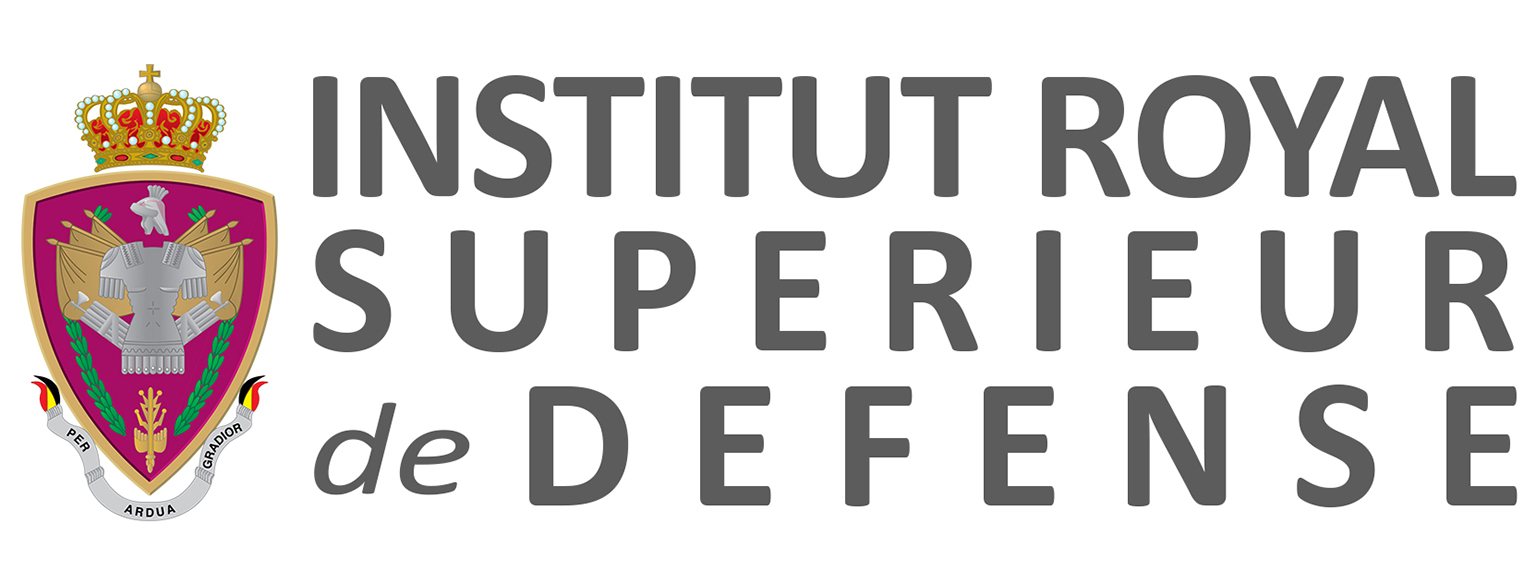Sensor Technologies

Sensing and associated processing forms a critical and fundamental component in almost all defence and security systems and is a key enabling technology for autonomous systems. Sensors in networks, in public places, or integrated in mobile platforms such as vehicles, marine vessels, drones, spacecrafts, missiles, and rockets provide solutions to the whole defence ecosystem including situation awareness, surveillance, intelligence, measurement, monitoring and execution. However, in this research area, the focus will be on gathering, saving and recalling data in efficient ways and on the training, verification and validation of models to process sensor data. Specific sensors used for the monitoring of human traits and conditions will be considered in Research Area 10.
This reserach area covers all active and passive sensor technologies. Sensor technologies are based on electromagnetic waves such as electro-optical, radar and laser-based technologies as well as advanced sensing such as hyperspectral, terahertz and laser spectroscopy. Other technologies are based on acoustics (such as sonar, hydrophones, and laser doppler vibrometers), on chemistry or on synthetic biology among others. It also includes multi-sensing platforms and systems. The goal of this research area is also to explore emerging localization approaches such as Global Navigation Satellite System (GNSS) and Positioning Reference Signals (PRS) and outline future research directions and applications including image-intelligence (IMINT), anti-terrorism, cyber and CBRNE.
The impressive depth of available observations in real-time and along time enables synergistic use and the development of dedicated multi-temporal algorithms and fusion schemes for extracting valuable information. Unfortunately, the huge diversity of sensors and data volume raise many unique challenges such as computation cost, high demands on bandwidth during transfer, and data harmonization.
Recent research topics within NATO and EDA highlighted the requirement for dedicated data dictionaries, selection, transmission (Research Area 2), normalization, integration (Research Area 4), localization, visualization (Research Area 4), management, and computational frameworks for relevant information extraction. Next to these frameworks, recent research topics also indicate the increasing importance of quantum sensing. Quantum sensing can be defined as the use of a quantum system, quantum properties or quantum phenomena to perform measurements of physical quantities. Some quantum sensors are already available such as quantum magnetometers and atomic clocks (which are also considered quantum sensors)1. The interaction of light with matter from a quantum mechanical perspective is studied in the field of quantum optics. This field of research has applications in quantum computing (treated in Research Area 04), quantum communication (treated in Reserach Area 02) and quantum sensing. Among the research topics of interest within quantum optics for quantum sensing are quantum imaging, quantum LiDAR and quantum radar2.
In conclusion, sensors (whether active or passive, conventional or quantum) yield lots of raw data. This results in sets of raw data too large to be processed manually. To be useful and sustainable (in terms of communication, applications and future needs), the format of the data and the way in which the data is saved should be carefully considered, which is all done in frame of this Research Area.
1 Degen, C. L., Reinhard, F., & Cappellaro, P. (2017). Quantum sensing. Reviews of Modern Physics, 89(3). https://doi.org/10.1103/revmodphys.89.035002
2 NATO STO (2023), Science & Technology Trends 2023-2043 Volume 2: Analysis, Chapter I “Quantum Technologies”, stt23-vol2.pdf (nato.int)
